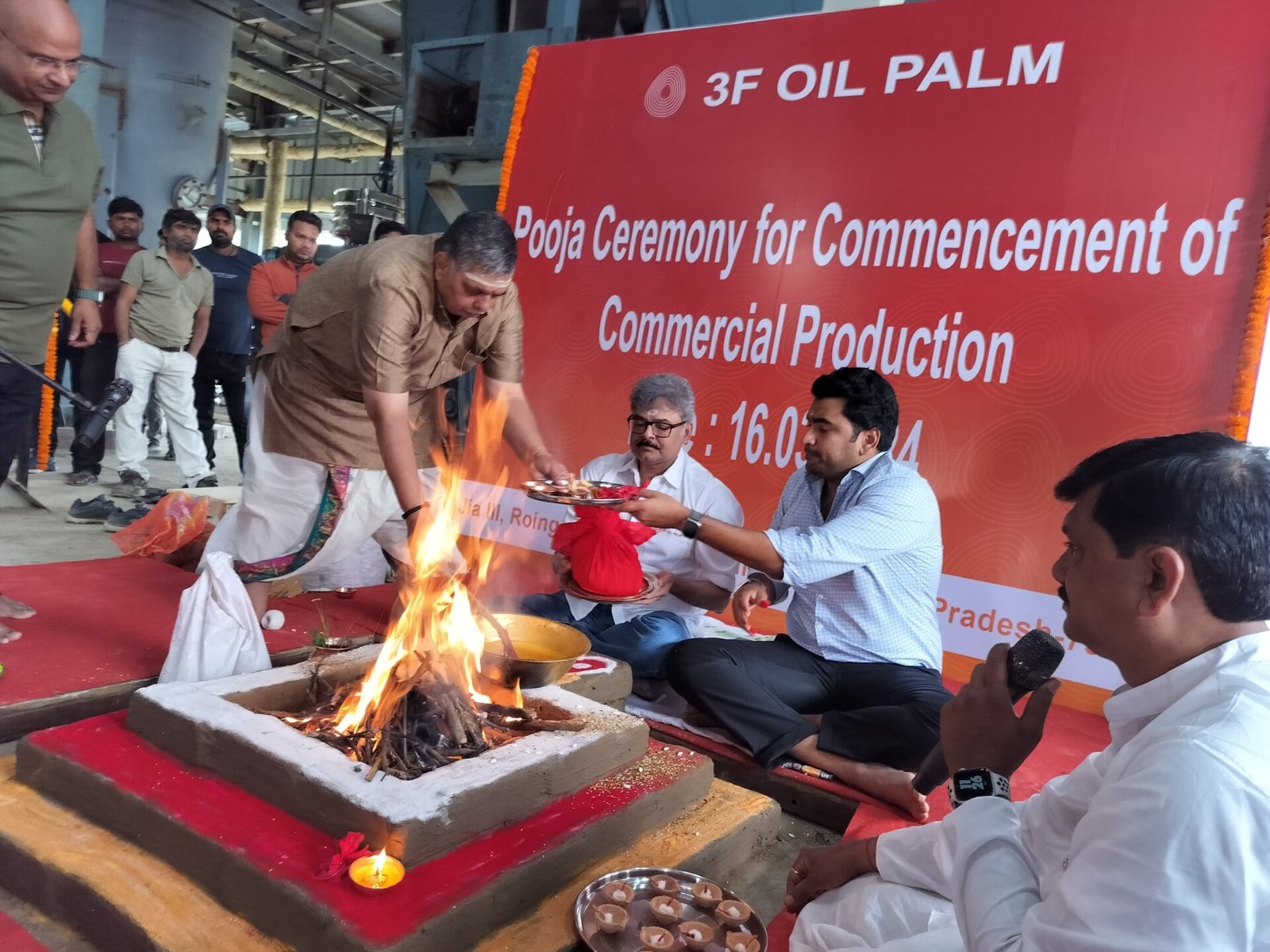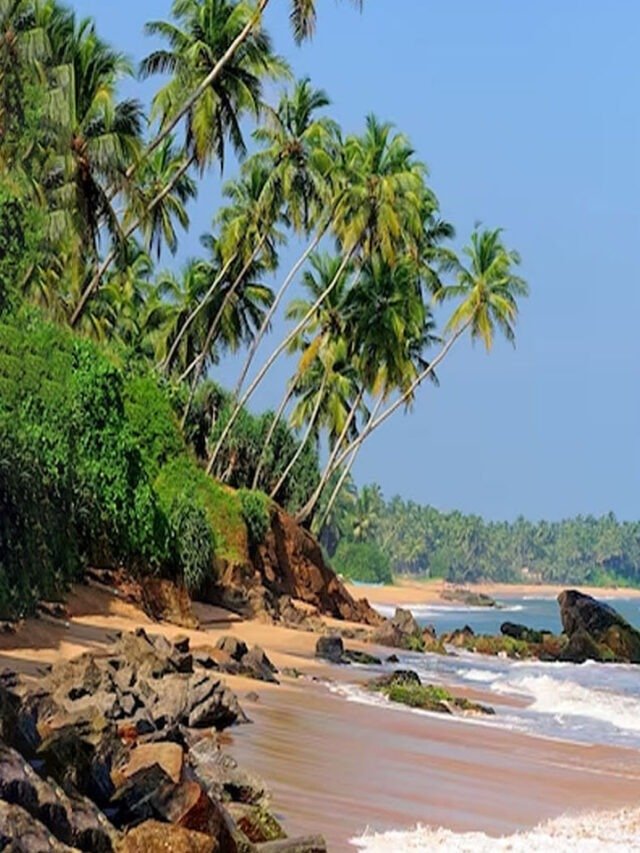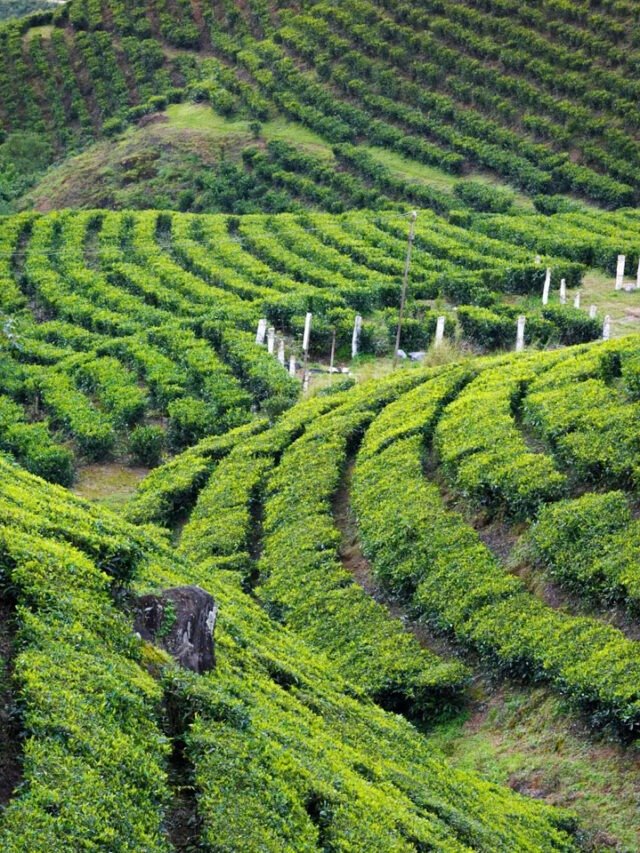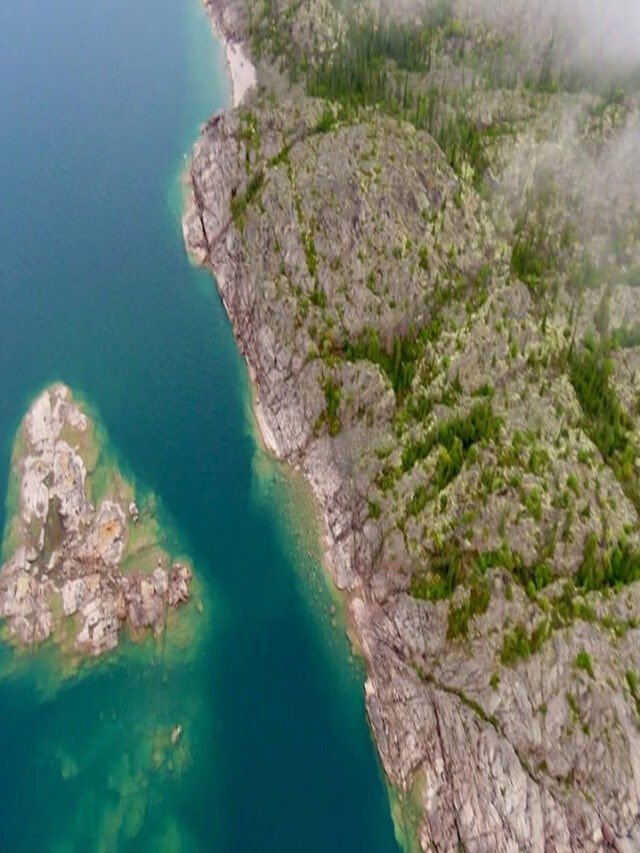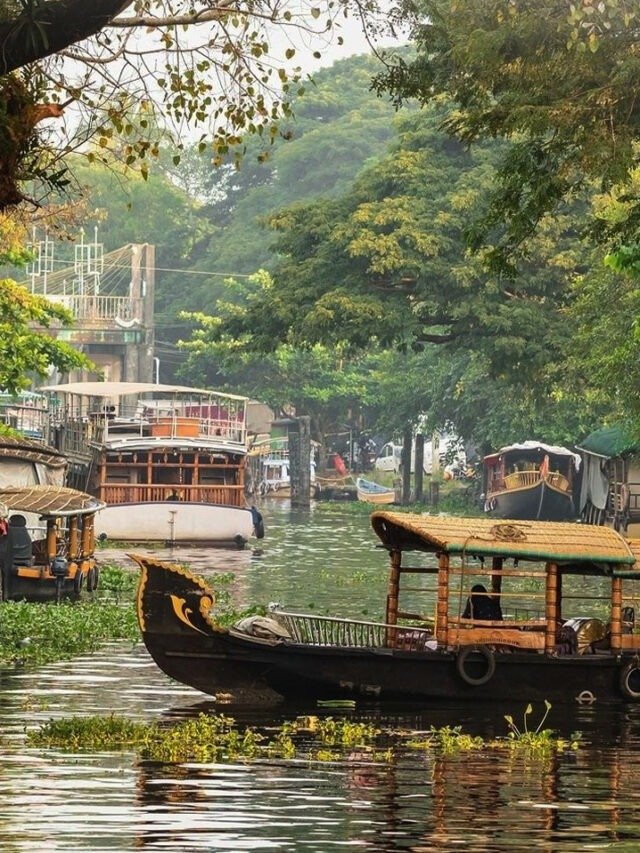HT Correspondent
DIBRUGARH, Feb 9: Located in Arunachal’s Subang village at a hillock in Tirap district, the unique salt water well (locally known as Nimok Pung) holds a tremendous possibility for the development of tourism in the state.
It is quite unique that the water of the well is totally salty.
Locals informed that at one point of time in the past a major portion of Arunachal Pradesh and eastern part of Assam used the salt after processing of the water.
The villagers from Arunachal Pradesh used to bring processed salt in order to exchange it for dal, oil, etc, during the days of the barter system.
Although some efforts are being taken up at the initiative of state forest minister Wanki Lowang, the villagers appealed to the government for taking up some permanent measures to boost up tourism in the area.
Recently, a delegation of Dibrugarh Press Club visited Nimok Pung to unearth the mystery of the salt well Subang village in Arunachal’s Tirap district. During the visit the local villagers welcomed and felicitated the delegation.
“We urged the government to transform Nimok Pung as tourism place. Our forefather used the salt from this well and we have a belief that if you used salt water from this well then no disease can touch you or your family,” said a local resident of Subang village.
He said, “The traditional process of salt production is called Sumkoakin Nocte. The term is derived from two words – sum means ‘salt’ and koak means ‘to extract’; thus, it means ‘to extract salt’. It is a broad term used to refer to the whole process of salt preparation”.
“Nimok Pung is a sacred place for us and we Nocte people respect this place because our forefathers used to collect the salt water from the well used it for greater health benefits. Many people do not aware of this blace but we have rich history associated with the salt well,” said a Gaon Burah of Subang village.
In early days, salt production was an important economic activity among the Nocte and Tusta tribes of Tirap district. It was a laborious job which consumed lot of time and energy.
It could take a week or more to complete the whole process of salt preparation. The salt wells were owned by clan or village or community.



